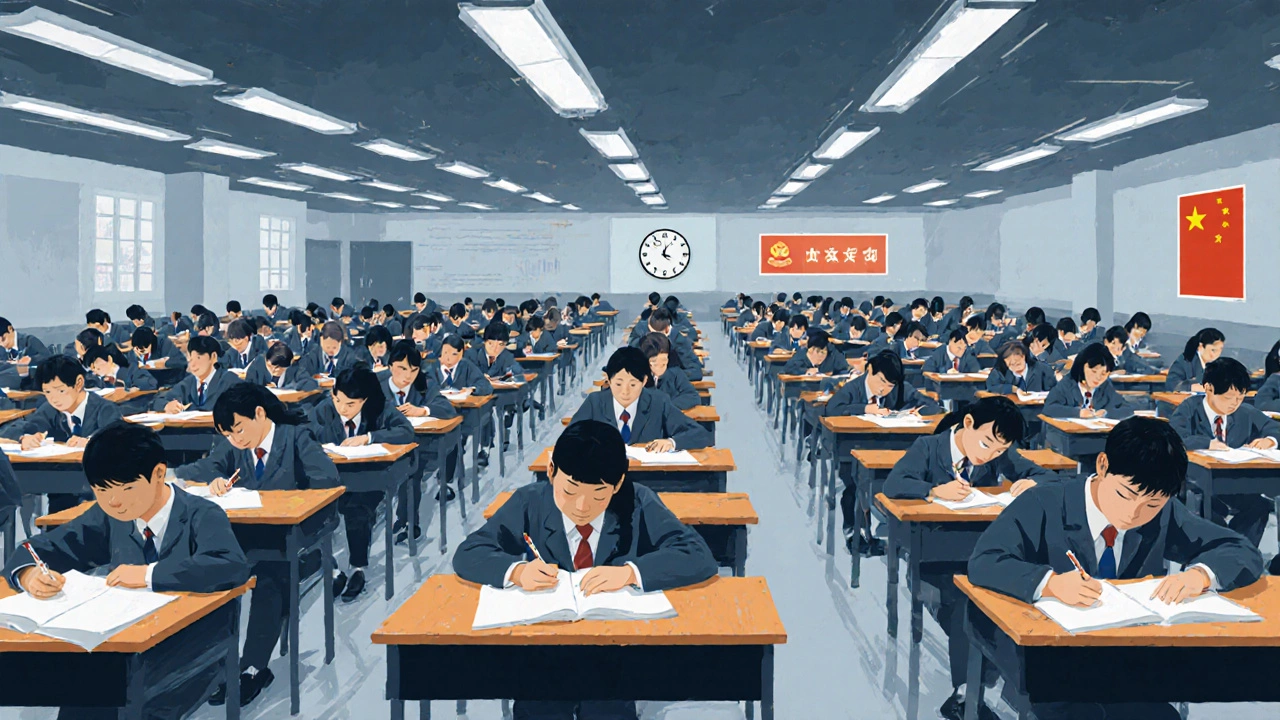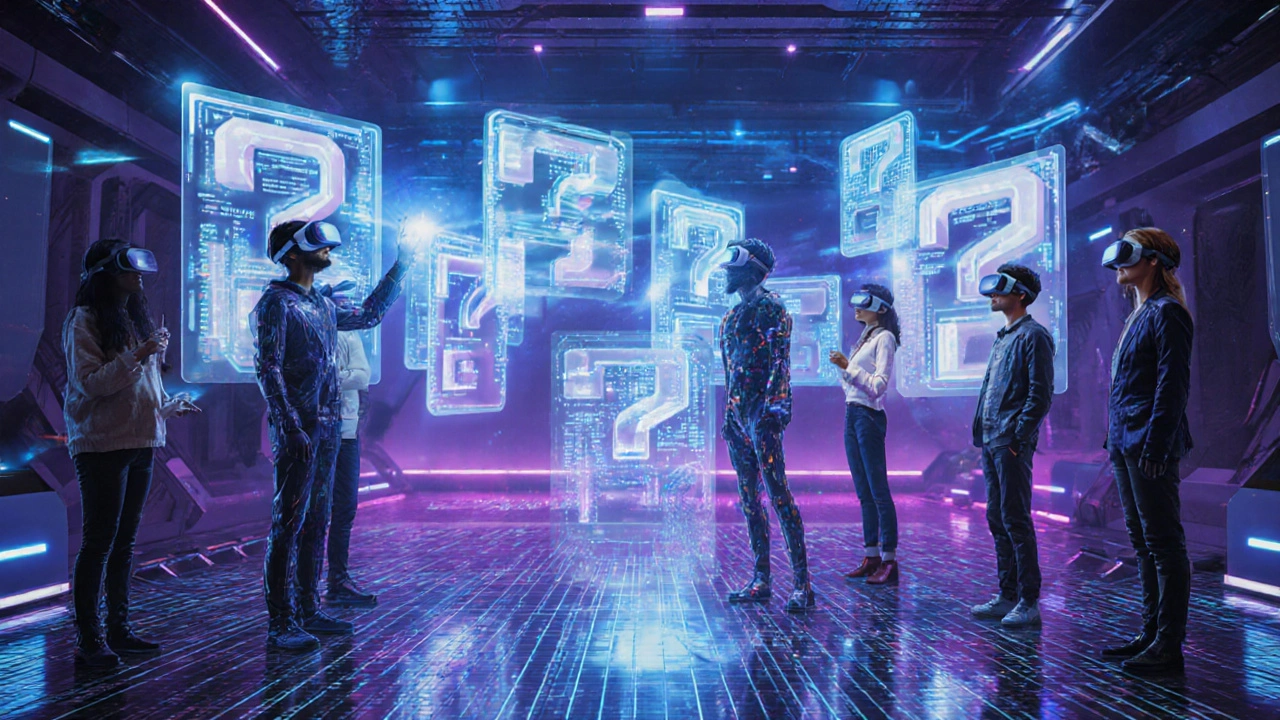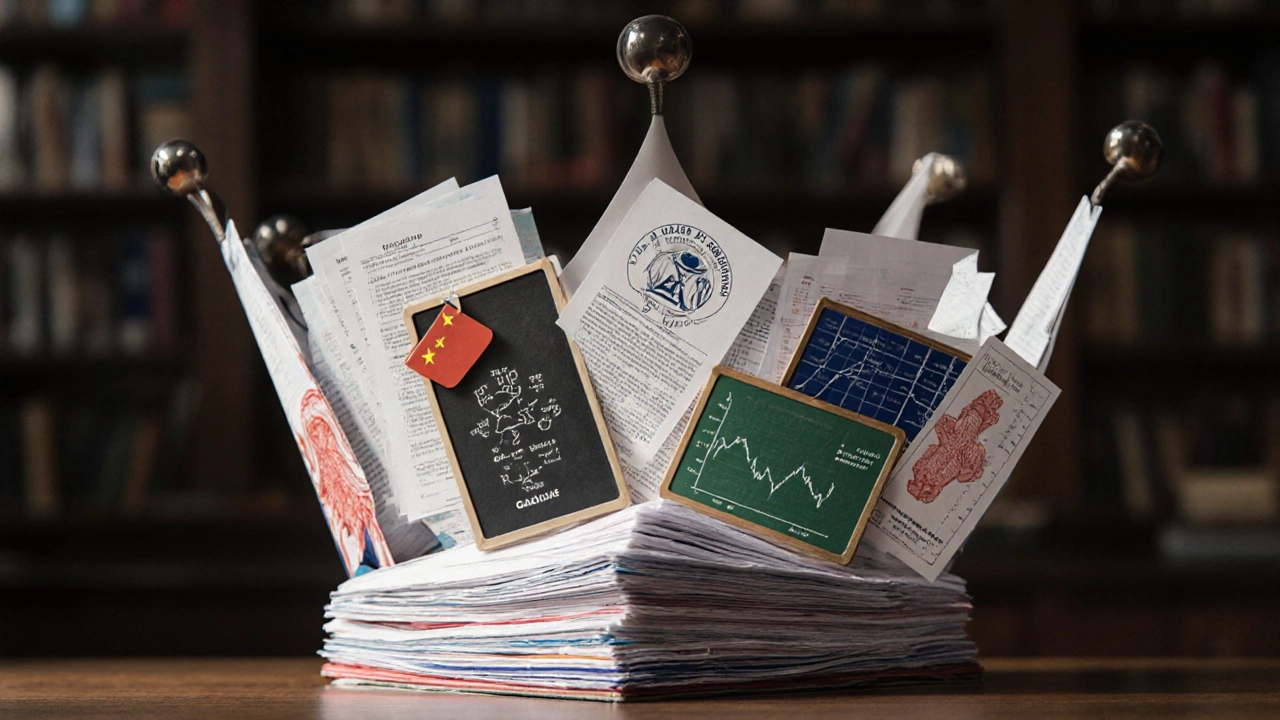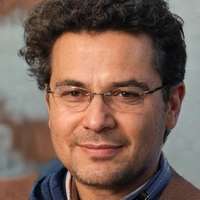World's Toughest Exam Comparator
Exam Difficulty Factors
- Pass Rate – The lower the success percentage, the tougher the exam.
- Scope of Syllabus – How many subjects or topics does a candidate have to master?
- Time Pressure – Length of the paper versus number of questions.
- Stakes – Does the outcome affect university admission, career entry, or professional licensing?
- Preparation Load – Average study hours logged by successful candidates.
Everyone loves a good challenge, but when it comes to exams, the bar can feel impossibly high. So, which assessment truly earns the crown as the toughest exam on the planet? Below we break down the most ruthless tests, why they’re so brutal, and how they compare on key metrics like pass rate, preparation time, and stress level.
Key Takeaways
- China’s Gaokao is widely regarded as the single hardest exam because of its massive stakes and ultra‑low pass rate.
- India’s UPSC Civil Services Exam combines multiple stages, a vast syllabus, and a success rate under 1%.
- The IIT JEE Advanced is the most demanding engineering entrance test, with roughly 2% of candidates qualifying.
- Medical and professional exams like the USMLE Step 1 and CFA Level III rank high on difficulty due to depth of knowledge required.
- Pass rates, candidate volume, and required study hours are useful knobs to gauge sheer toughness.
What Makes an Exam “Tough”?
Before naming a champion, it helps to define the criteria that turn a regular test into a nightmare:
- Pass Rate - The lower the success percentage, the tougher the exam.
- Scope of Syllabus - How many subjects or topics does a candidate have to master?
- Time Pressure - Length of the paper versus number of questions.
- Stakes - Does the outcome affect university admission, career entry, or professional licensing?
- Preparation Load - Average study hours logged by successful candidates.
Using these dimensions, we can compare the world’s most notorious exams.

Top Contenders for the Toughest Exam
Below is a snapshot of the exams that constantly appear in global rankings of difficulty.
| Exam | Country / Region | Typical Pass Rate | Annual Candidates | Duration (hrs) | Main Challenge |
|---|---|---|---|---|---|
| Gaokao | China | ≈ 5% | ≈ 10 million | 9 (two papers) | Massive syllabus + life‑changing stakes |
| UPSC Civil Services Exam | India | ≈ 0.8% | ≈ 1 million (prelims) | 12 (prelims + mains) | Three‑stage filter, exhaustive content |
| IIT JEE Advanced | India | ≈ 2% | ≈ 150,000 (eligible) | 3 (two papers) | High‑order problem solving, speed |
| USMLE Step 1 | USA | ≈ 94% (pass), but 6% fail on first try | ≈ 100,000 | 8 | Depth of basic science, memorization |
| CFA Level III | Global | ≈ 56% | ≈ 150,000 | 6 | Integrates ethics, portfolio management |
| Bar Exam (USA) | USA | ≈ 70% | ≈ 80,000 | 5 | Legal reasoning under strict time |
| Cambridge International A‑Level | Global | ≈ 85% | ≈ 180,000 | 4 (per subject) | Analytical depth across subjects |
| International Baccalaureate (IB) Diploma | Global | ≈ 78% | ≈ 150,000 | 5 (exams + EE + TOK) | Broad curriculum + extended essay |
Why Gaokao Often Wins the Crown
China’s National Higher Education Entrance Exam, known as the Gaokao, touches almost every corner of the country’s education system. Here’s why it repeatedly tops “hardest exam” lists:
- Sheer Volume: Over 10million students sit the test each year. Even a 5% pass rate translates to half a million successful candidates.
- All‑Or‑Nothing Stakes: Gaokao scores determine university admission, future income, and even family reputation. One bad day can close doors forever.
- Broad Curriculum: The exam covers Chinese literature, mathematics, a foreign language, and either physics‑chemistry‑biology or history‑geography‑politics, depending on the region.
- Length and Intensity: The test runs for two full days (typically 4‑5 hours each), with back‑to‑back papers and minimal breaks.
- Cultural Pressure: Media, teachers, and parents treat the exam like a national event. The psychological load adds another layer of difficulty.
All these factors combine to create an exam that feels like a marathon, not a sprint.
Other Heavy‑Hitters Worth Mentioning
While Gaokao grabs headlines, other exams deserve respect for their own brutal demands.
UPSC Civil Services Exam (India)
This three‑stage test (Pre‑lims, Mains, Interview) screens candidates for elite administrative roles. The syllabus covers history, geography, polity, economics, science, ethics, and optional subjects chosen by the candidate. With a pass rate often below 1%, the exam tests both breadth and depth, plus a personality assessment in the final interview.
IIT JEE Advanced (India)
Only the top 2.5% of JEE Main qualifiers earn a seat in the JEE Advanced paper. It demands advanced problem‑solving skills in physics, chemistry, and mathematics, and heavily rewards speed under tight timing.
USMLE Step 1 (USA)
For medical students, the United States Medical Licensing Examination Step1 is a make‑or‑break milestone. Though the overall pass rate is high, the exam’s depth of basic science knowledge forces months of rigorous study, and a low first‑attempt failure rate still haunts many.
CFA LevelIII (Global)
The Chartered Financial Analyst credential is coveted worldwide. LevelIII focuses on portfolio management and ethics, and the pass rate hovers around 56%, making it the toughest of the three levels.
Bar Exam (USA)
Each US state runs its own bar exam, but common elements include a massive multi‑day test of constitutional law, torts, contracts, and procedure. The “multistate bar exam” (MBE) is a timed 200‑question multiple‑choice section that pushes even seasoned law students to the limit.

How to Tackle Any ‘Toughest’ Exam
If you’ve set your sights on any of these giants, here’s a proven roadmap:
- Map the Syllabus: Break the official outline into bite‑size modules. Use a spreadsheet to track progress.
- Set a Study Clock: Aim for a minimum of 4‑6hours of focused work per day, scaling up as the exam date approaches.
- Practice Under Real Conditions: Simulate the exact timing, environment, and question format. Full‑length mock exams are non‑negotiable.
- Analyze Mistakes: After each mock, log every error, categorize the cause (knowledge gap vs. careless mistake), and revisit the topic.
- Stay Healthy: Sleep at least 7hours, stay hydrated, and incorporate short physical breaks. Exhaustion erodes accuracy.
- Build a Support Network: Join study groups, seek mentors who’ve cleared the exam, and keep communication open with family.
Consistent effort, structured practice, and mental resilience are the three pillars that turn an “impossible” test into a conquerable challenge.
Future Trends: Will New Exams Overtake the Crown?
Technology is reshaping assessment. Artificial‑intelligence‑driven adaptive testing, like the GRE’s new format, could raise difficulty ceilings by tailoring questions to each candidate’s ability. Meanwhile, professional certifications in emerging fields-such as the Certified Data Scientist (CDS) exam-are likely to become the next “hardest” benchmarks as demand for niche expertise spikes.
Frequently Asked Questions
What factors determine an exam’s difficulty?
Difficulty is usually measured by pass rate, syllabus breadth, time pressure, stakes, and the amount of preparation needed. Exams that score low on pass rate while covering many subjects and carrying high life‑changing consequences tend to be the toughest.
Is Gaokao really the hardest exam in the world?
Most experts agree that Gaokao ranks at the top because of its massive candidate pool, ultra‑low pass rate, and the lifelong impact of the results. However, “hardest” can be subjective; some argue that multi‑stage exams like the UPSC Civil Services test are equally brutal due to their comprehensive nature.
How long does it take to prepare for the UPSC Civil Services Exam?
Candidates typically spend 12‑18months in intensive study, covering over 1,500pages of reference material, plus additional time for answer writing practice and interview preparation.
Can I crack the IIT JEE Advanced with a part‑time job?
It’s highly challenging because the exam demands focused, high‑intensity study. Most successful candidates either drop classes or arrange flexible work hours to maintain at least 6‑8hours of daily preparation.
What is the best way to avoid burnout while preparing for a tough exam?
Schedule regular short breaks, keep a balanced diet, get enough sleep, and set realistic weekly goals. Mixing active recall with spaced repetition also reduces the feeling of endless cramming.

